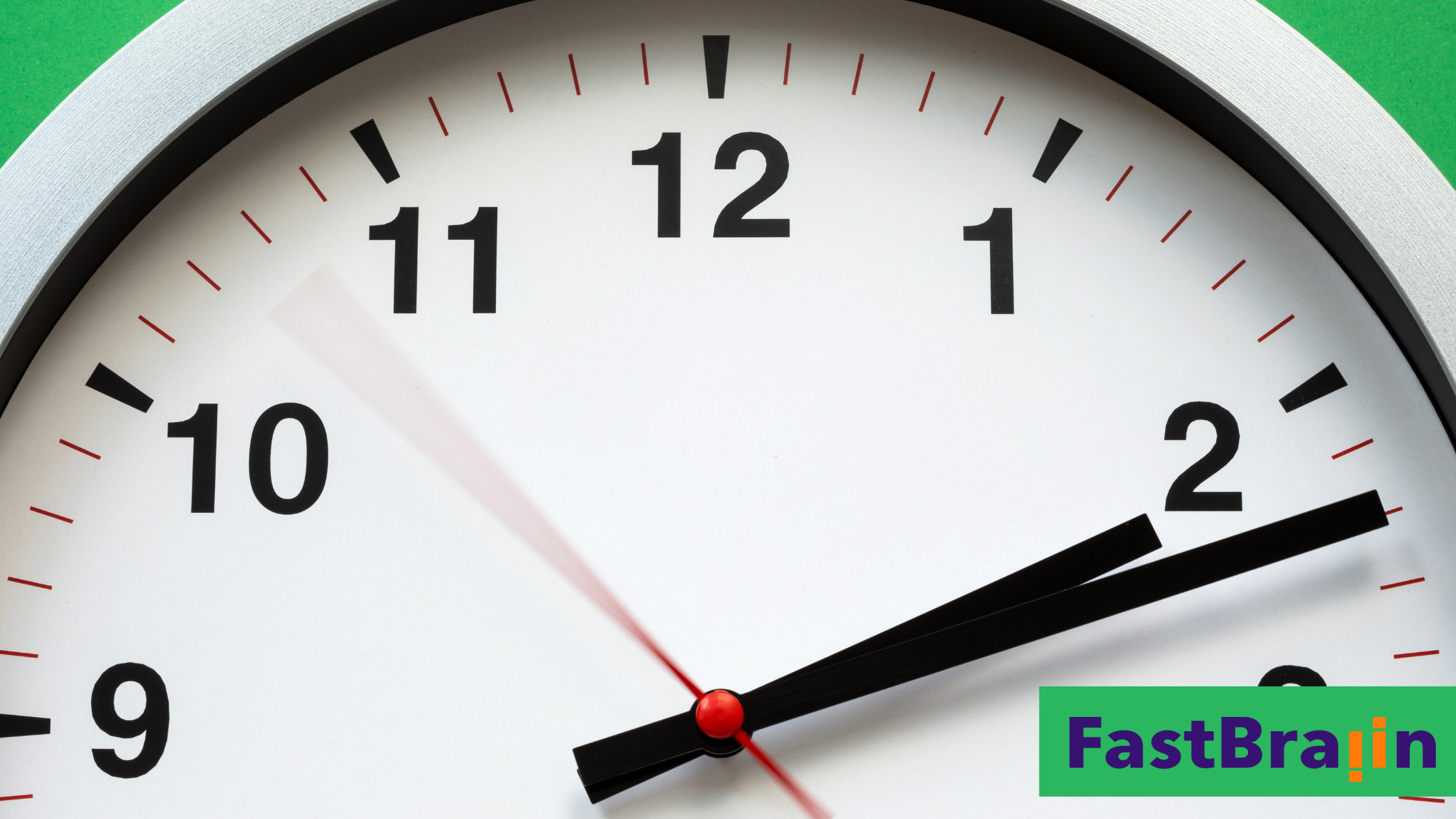We’ve All Been There
You glance at the clock, certain you’ve got plenty of time—then somehow, you’re late again. Maybe it’s for a meeting, a social event, or just leaving the house. The clock feels like it’s speeding up while your brain is still catching up.
If that sounds familiar, you’re not lazy or careless—you’re probably just wired a little differently. Many adults with FastBraiin (ADHD) experience a kind of time blindness: the sense that minutes stretch or collapse depending on the task. But with the right strategies and mindset, you can take control of your time instead of feeling controlled by it.
The Heart of the Matter: It’s Not About Motivation or Willpower
When we struggle with punctuality, it’s tempting to blame ourselves for being unmotivated or disorganized. But lateness in FastBraiin individuals has less to do with discipline and more to do with how the brain processes transitions, time, and attention.
Here’s what’s really going on:
-
Time blindness: FastBraiin brains don’t always sense time accurately—it’s easy to underestimate how long tasks take.
-
Task switching challenges: Transitioning from one focus area to another can feel physically uncomfortable.
-
Interest-based focus: When something is engaging, you can hyperfocus; when it’s dull, your brain resists moving.
-
Overwhelm paralysis: Too many steps or decisions at once can cause freezing or procrastination.
-
Sensory overload: Noise, clutter, or visual stimuli can derail your sense of timing entirely.
It’s not defiance—it’s neurology. Your brain is simply tuned to a different tempo.
From Self-Blame to Strategy
The key to overcoming chronic lateness isn’t shame—it’s systems. When you work with your FastBraiin instead of against it, you can transform frustration into flow.
Think of it this way: your creativity and spontaneity are the engine; structure and awareness are the navigation system. Both are needed to get where you want to go.
Practical Time Management Strategies for FastBraiin Adults
Here are some ways to reclaim your time without losing your flexibility:
-
Externalize time.
Use visible timers, smartwatches, or apps that show time passing. FastBraiin adults benefit from seeing time move rather than just tracking it mentally. -
Set micro-deadlines.
Break big transitions into checkpoints. Instead of “I need to leave by 8:00,” try “Shoes on by 7:50, car started by 7:58.” -
Use interest as fuel.
Pair uninteresting tasks with something stimulating—music, movement, or a reward afterward. -
Create transition rituals.
Build short routines between activities: a 5-minute stretch, quick meditation, or even a calendar review. It signals your brain it’s time to shift gears. -
Plan for buffer time.
Assume every task will take 25% longer than you think. You’ll almost always land on time—and with less stress. -
Celebrate consistency, not perfection.
Every time you arrive on time or manage transitions smoothly, acknowledge it. Small wins train your brain to repeat success.
Reframing Time as a Tool, Not a Trap
FastBraiin adults often operate best when time isn’t the enemy. Instead of forcing yourself into rigid systems, experiment with rhythms and tools that fit your energy patterns.
Maybe you focus best late at night. Maybe you need a dynamic workday that includes movement, breaks, or bursts of creativity. That’s okay. The goal isn’t to mimic “neurotypical” time management—it’s to build your own sustainable version of structure.
Be Kind to Yourself—You’re Learning a New Rhythm
Chronic lateness doesn’t define you. It’s a signal that your current system doesn’t match how your brain works. With awareness, patience, and the right tools, you can build time management habits that empower rather than exhaust you.
FastBraiin doesn’t mean broken—it means fast, intuitive, and deeply engaged when given the right environment. You just need a map that matches your speed.

